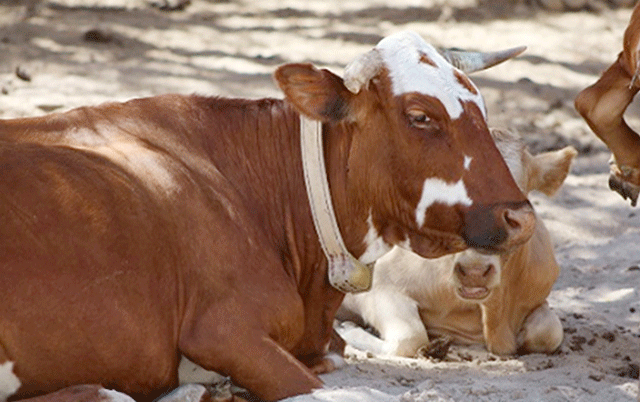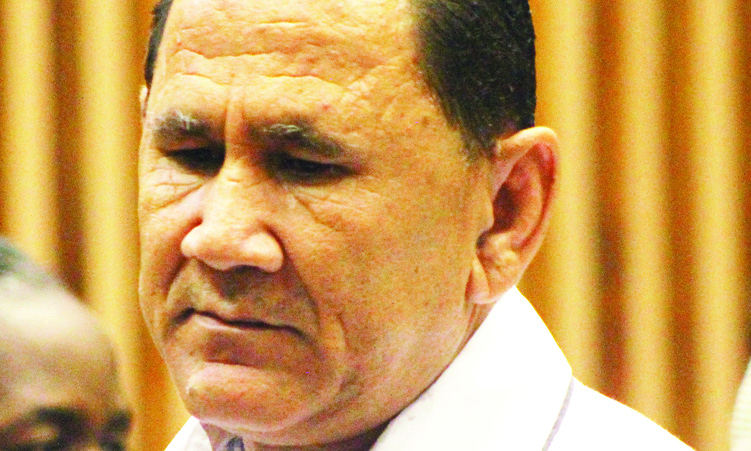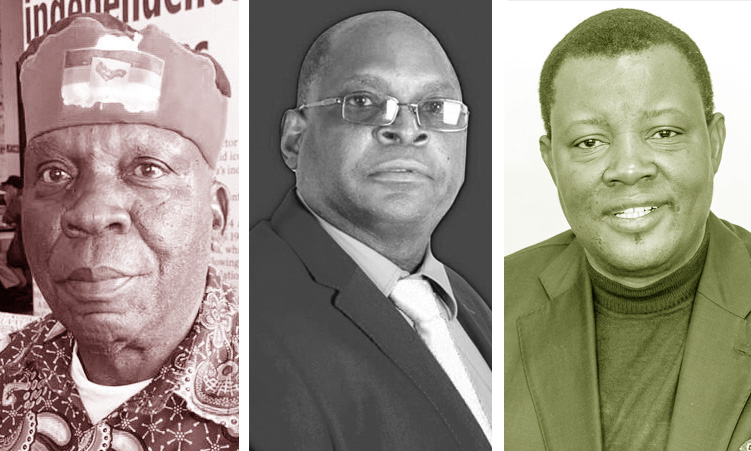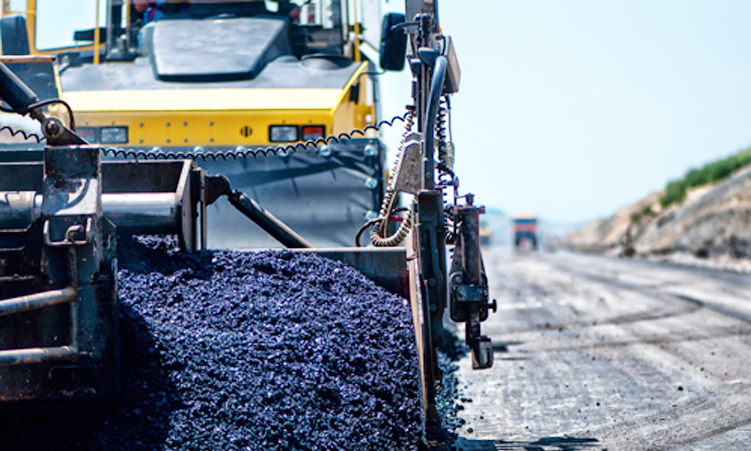THE Japanese Oil, Gas and Metals National Corporation (Jogmec), and their Namibian partner, Reptile Mineral Resources & Exploration (RMR), recently donated 12 global positioning system (GPS) collars worth N$74 000 to the Gobabeb Research & Training Centre for tracking cattle.
The collars will be used by a Namibian student at Gobabeb, Eric Shiningayamwe, to monitor the behaviour and movement of cattle in the Namib Desert.
The study will be part of his research towards a master’s degree in rangeland management from the University of Namibia.
According to a press release issued by Gobabeb recently, the Namib Desert is a hyper-arid desert where annual rainfall averages less than 25 mm, and temperatures often exceed 40°C.
The Namib was almost entirely uninhabited by humans, but the Topnaar Nama (≠Aoni) people have lived and farmed with livestock in this harsh environment for centuries.
Although grass and grazing for cattle and small stock are almost completely absent, the Topnaar farmers of the lower Kuiseb River know that livestock does well when they feed on the nutritious pods of the ana and camelthorn trees.
“Knowledge from the Namib may, therefore, guide other livestock farmers in Namibia how to cope with climate change.
Shiningayamwe’s study will examine the daily movement and activities of desert cattle about the vegetation and local conditions of the lower Kuiseb River, which may elaborate specifically on animal feeding habits, definitive information about predators and competition with wildlife, and animal responses to extreme heat and weather,” the statement read.
A complementary study on how much pods are produced by ana and camelthorn trees is being carried out by Dortea Hamukoto, a recent Unam graduate and intern at Gobabeb, as part of an assessment of the carrying capacity of the rangelands.
According to the statement, most Namibian farmers know how important pods are for their livestock, but there is very little information on how many pods are produced by trees, and how rainfall affects pod production.
Understanding how cattle utilise marginal rangelands as in the Namib Desert, and how much fodder is available, provides fundamental knowledge in animal behaviour and land resource utilisation, which will form a national baseline for providing better advice to farmers regarding cattle management and rangeland management in different parts of the country.
“As operators in the Namib-Naukluft National Park, we are committed to a sustainable environment in the park. As such, we are pleased to support the cattle tracking project, initiated by Gobabeb, which will greatly assist in achieving this objective. We are also delighted to see a dedicated and motivated young Namibian taking on this research, and wish Shiningayamwe all the best and success,” said Katrin Kärner of RMR.
Shiningayamwe said he was astounded by how fat the cattle in the Namib are, and yet there is no grass.
“I believe my research will help all Namibian farmers by being able to advise them better on where their cattle go, when they feed, rest or walk, and why they go to specific areas. Such knowledge will make farming in Namibia more profitable and better oriented to conserving our rangelands,” he observed.
Gobabeb is situated adjacent to the red dunes of the Namib Sand Sea world heritage site on the Kuiseb River in the Namib-Naukluft Park, where it is a catalyst for gathering, understanding and sharing knowledge of the Namib Desert and arid environments.
The Gobabeb Research and Training Centre offers local and international scientists the opportunity to work in one of the first dryland research centres of the world.
Said Gobabeb executive director Gillian Maggs-Kölling: “The collars will record the position, temperature, and posture of cows every 10 minutes, from which Eric can determine the activity, rangeland preferences, foraging range and response to climate by cattle in one of the most extreme rangelands of the world. Through the deployment of such cutting-edge precision agriculture techniques, the knowledge that Shiningayamwe will develop will be to the benefit of all Namibian farmers.”
Stay informed with The Namibian – your source for credible journalism. Get in-depth reporting and opinions for
only N$85 a month. Invest in journalism, invest in democracy –
Subscribe Now!






